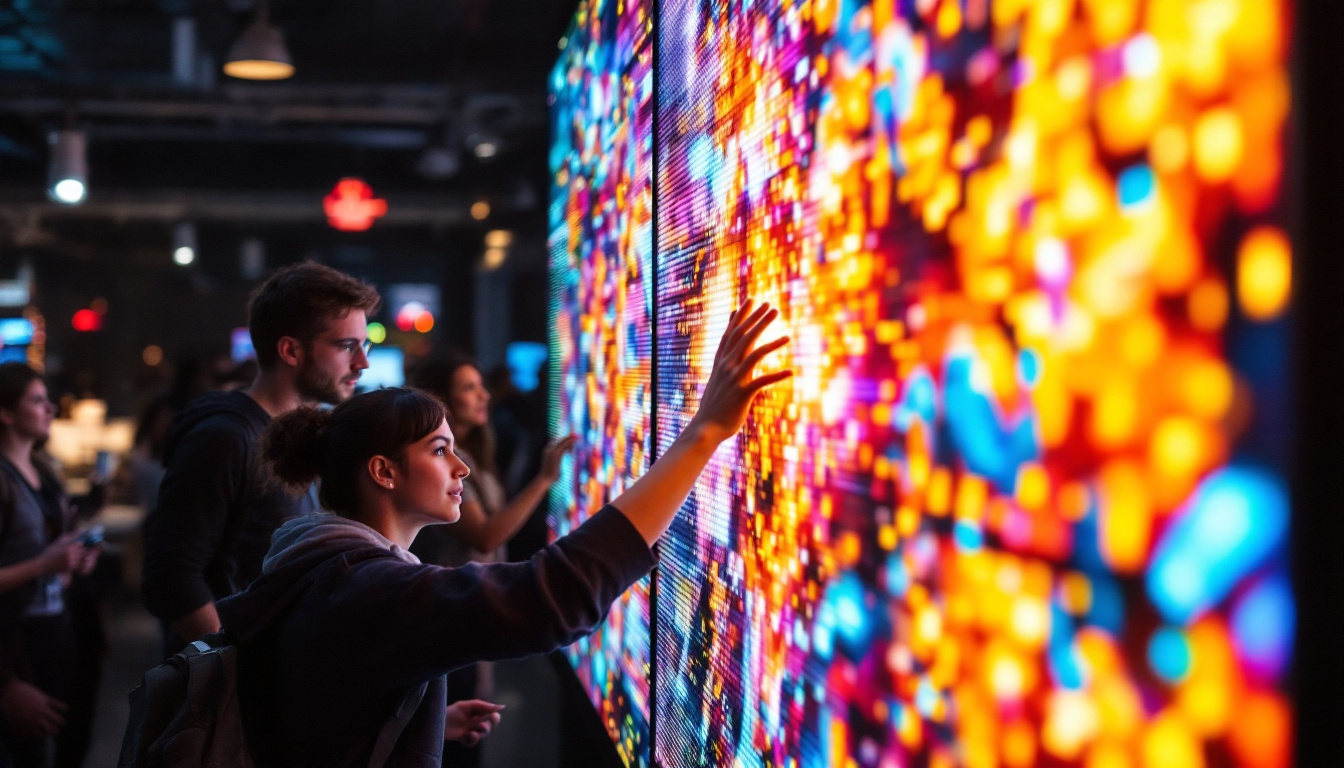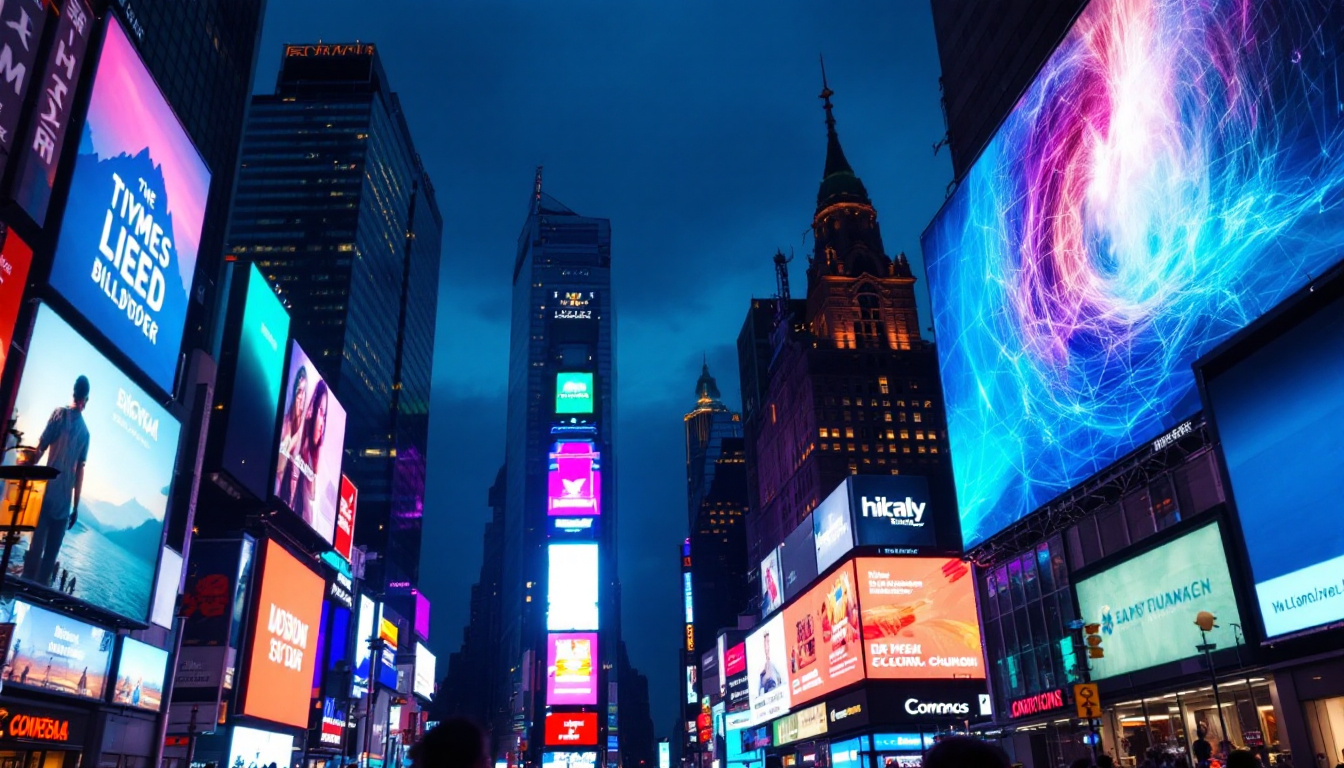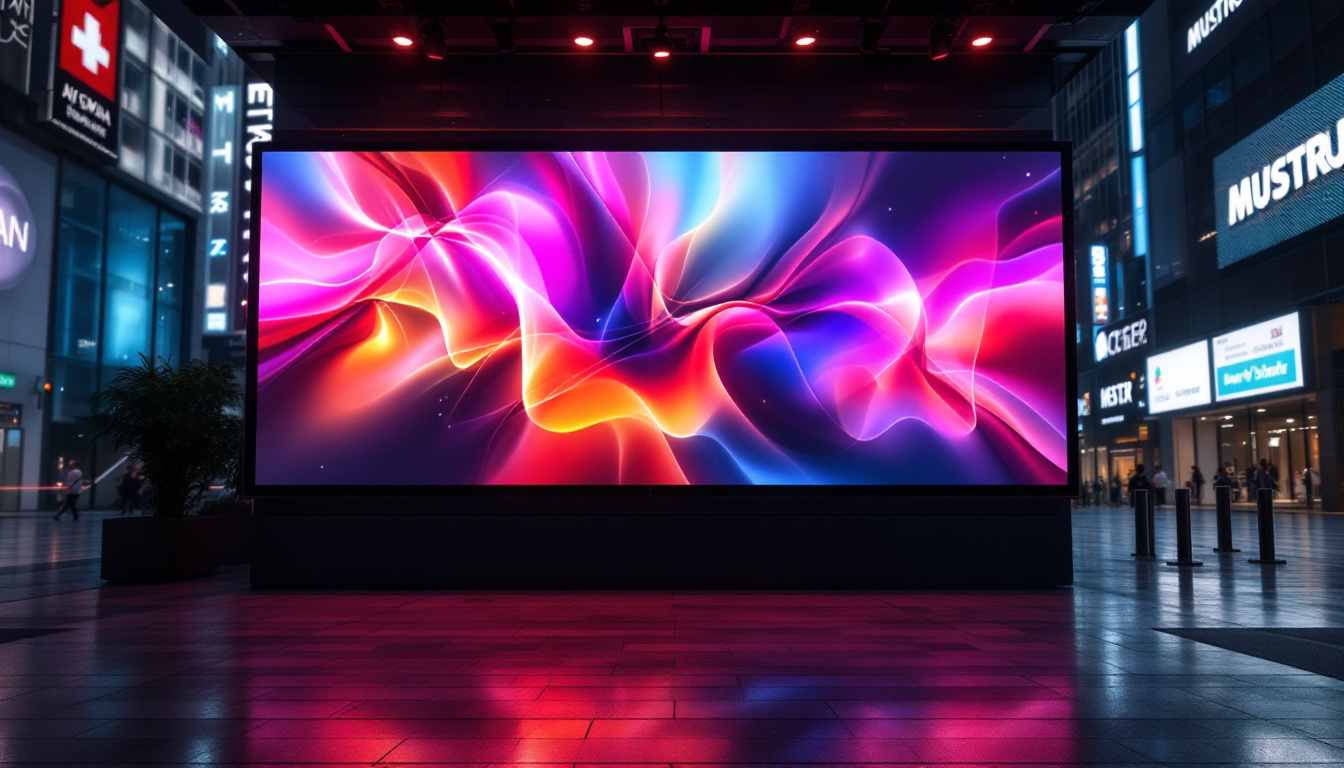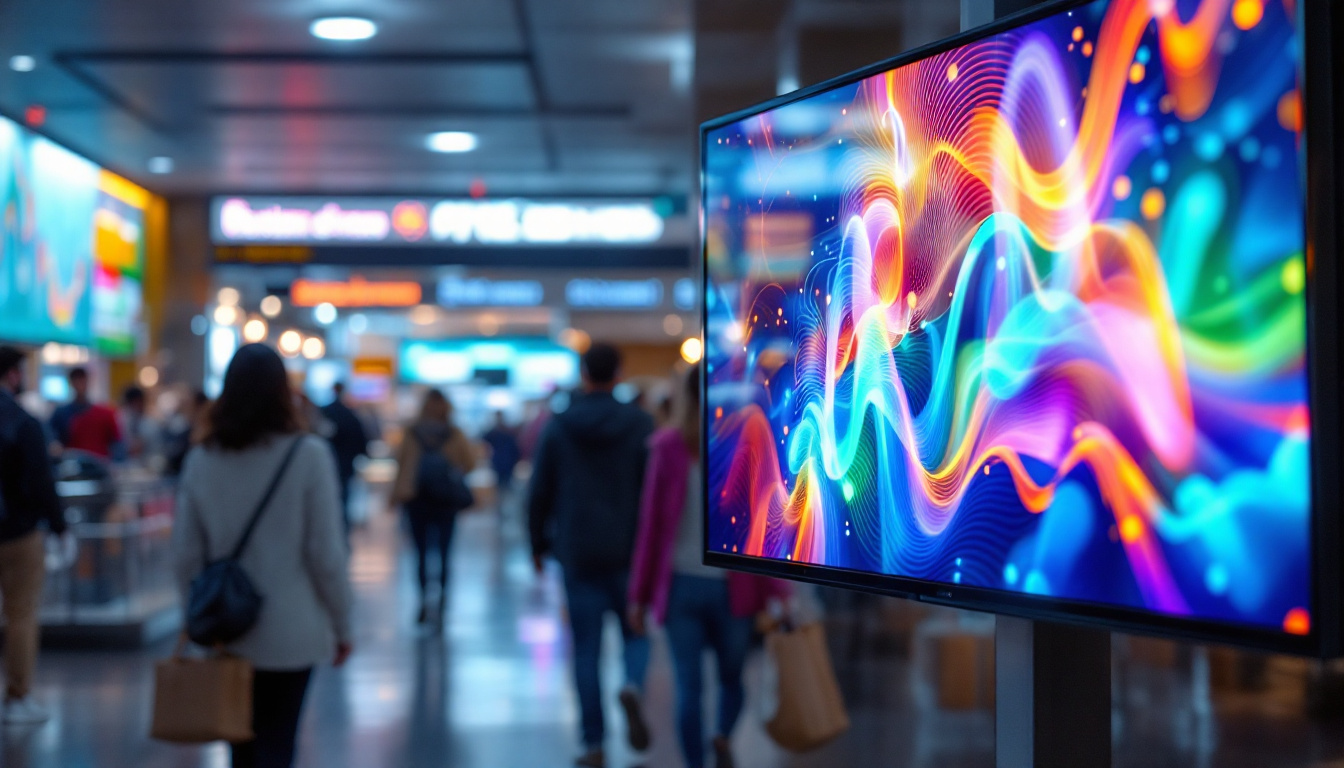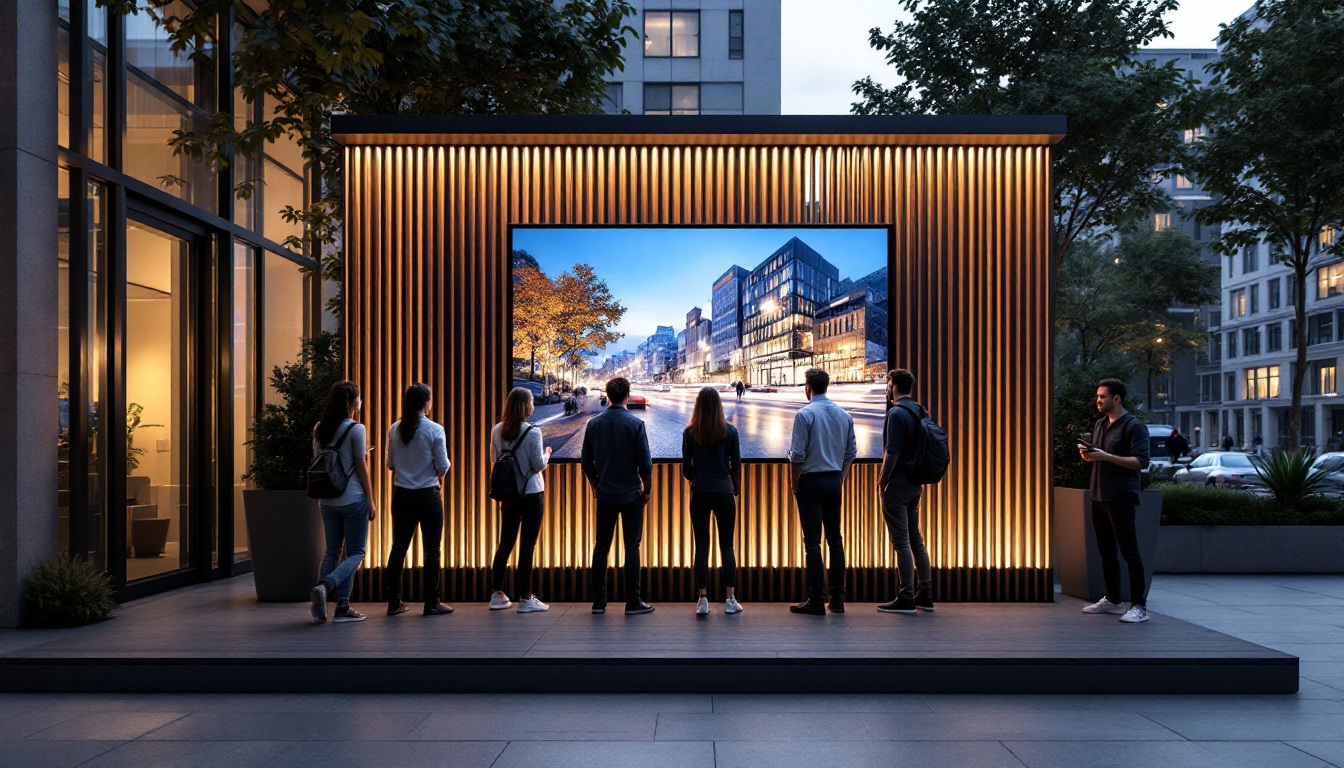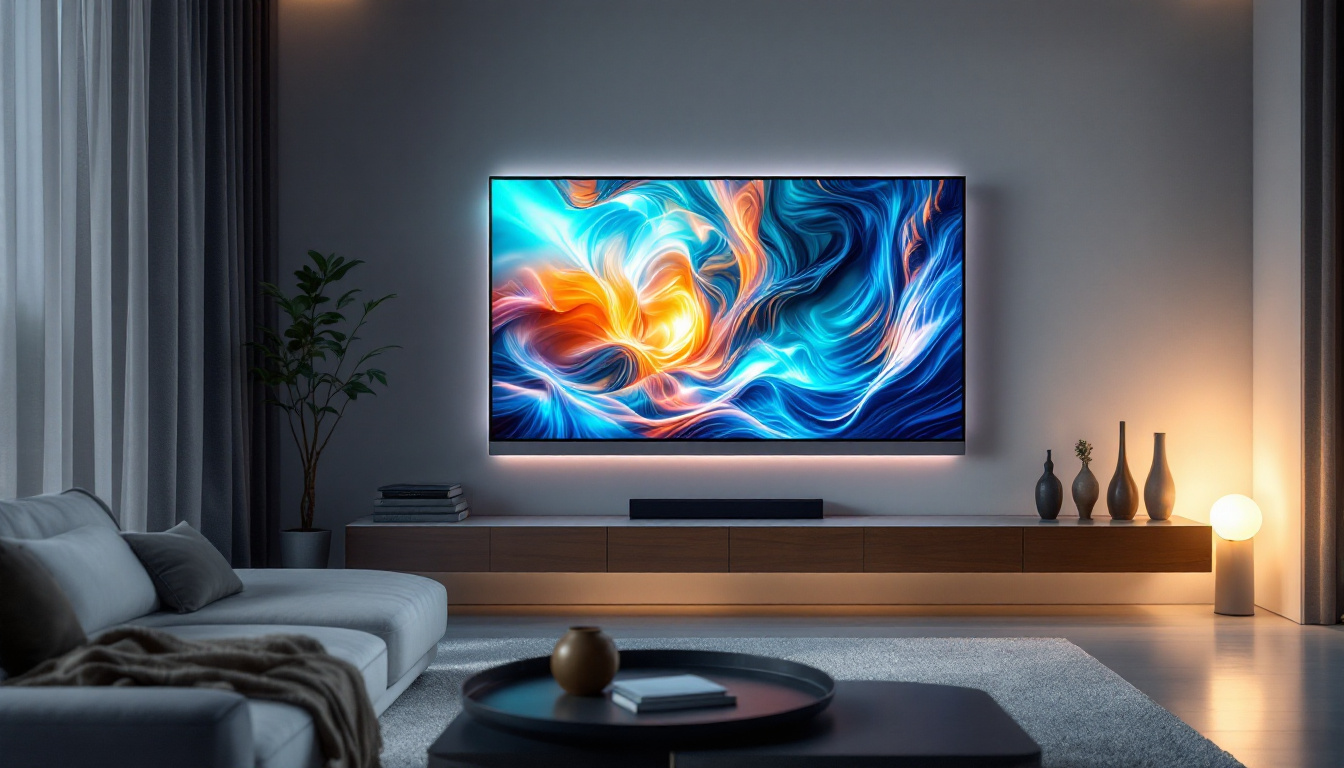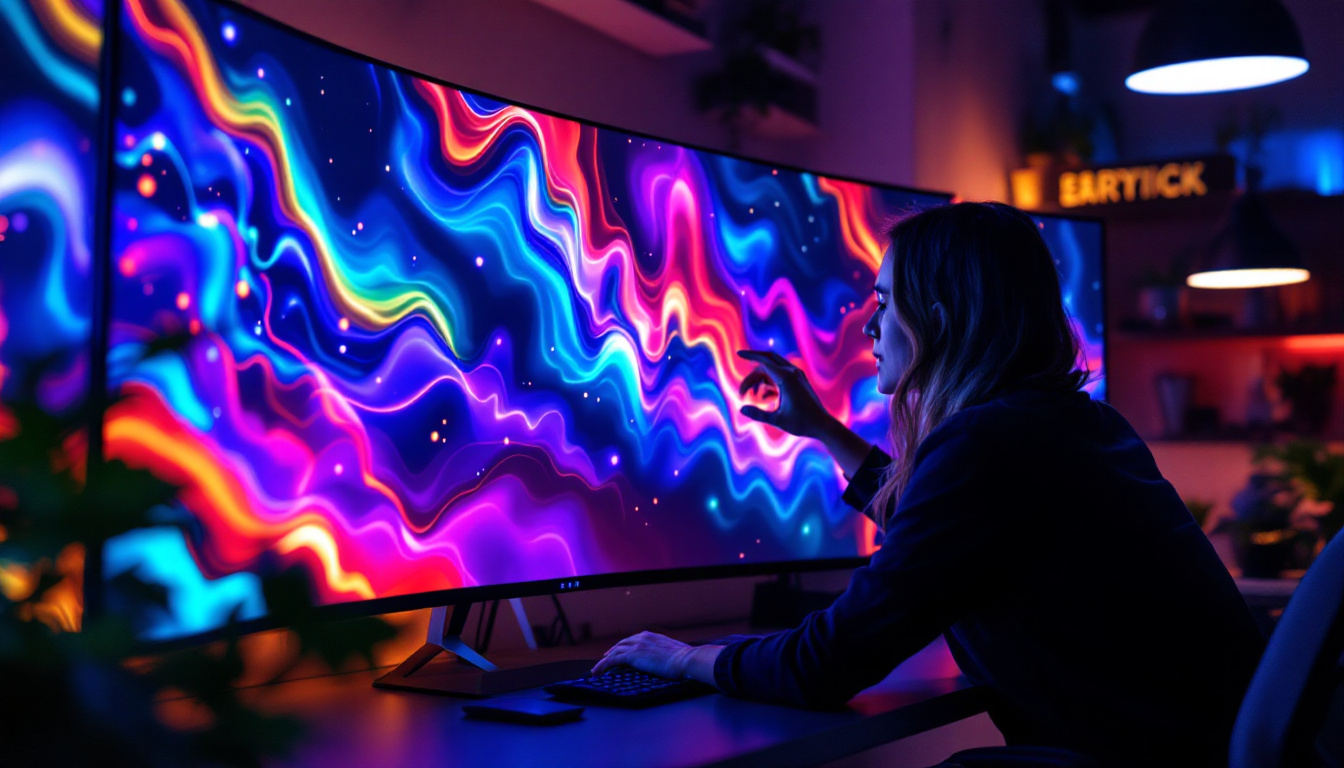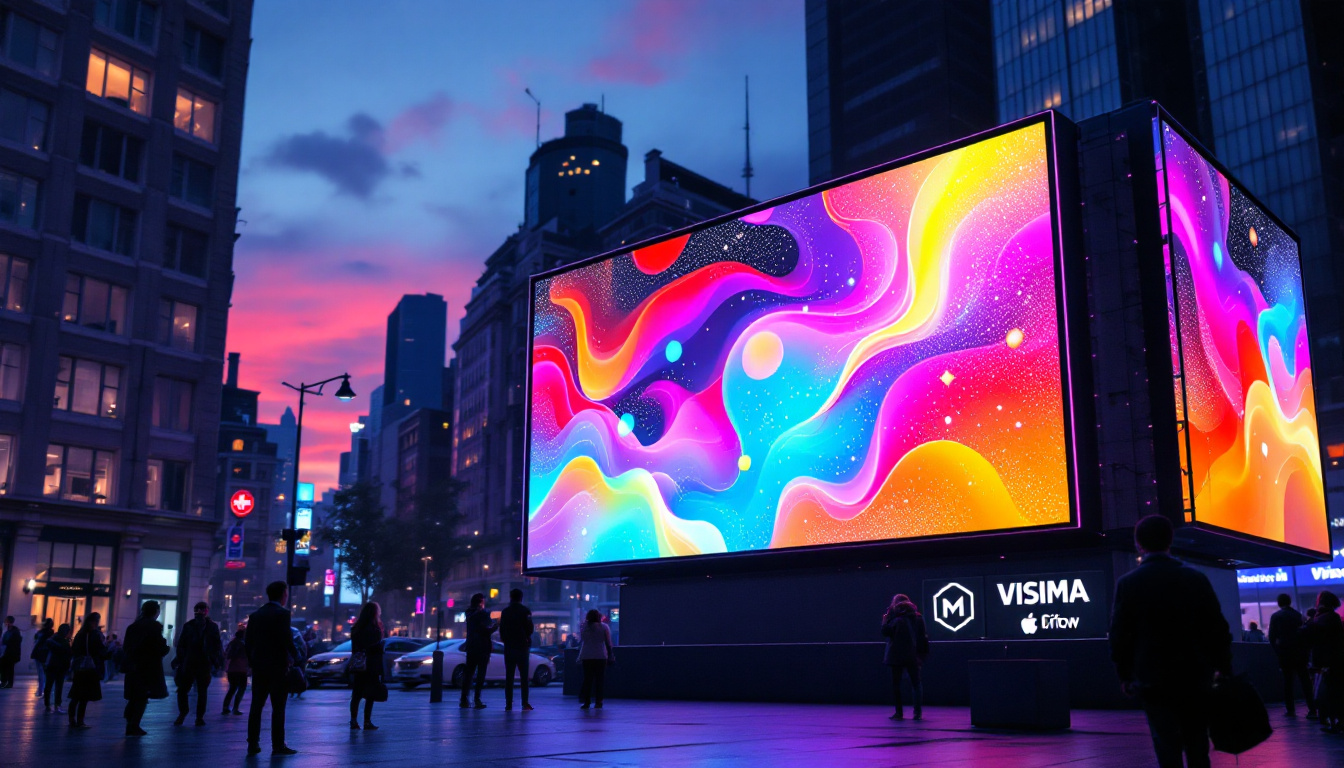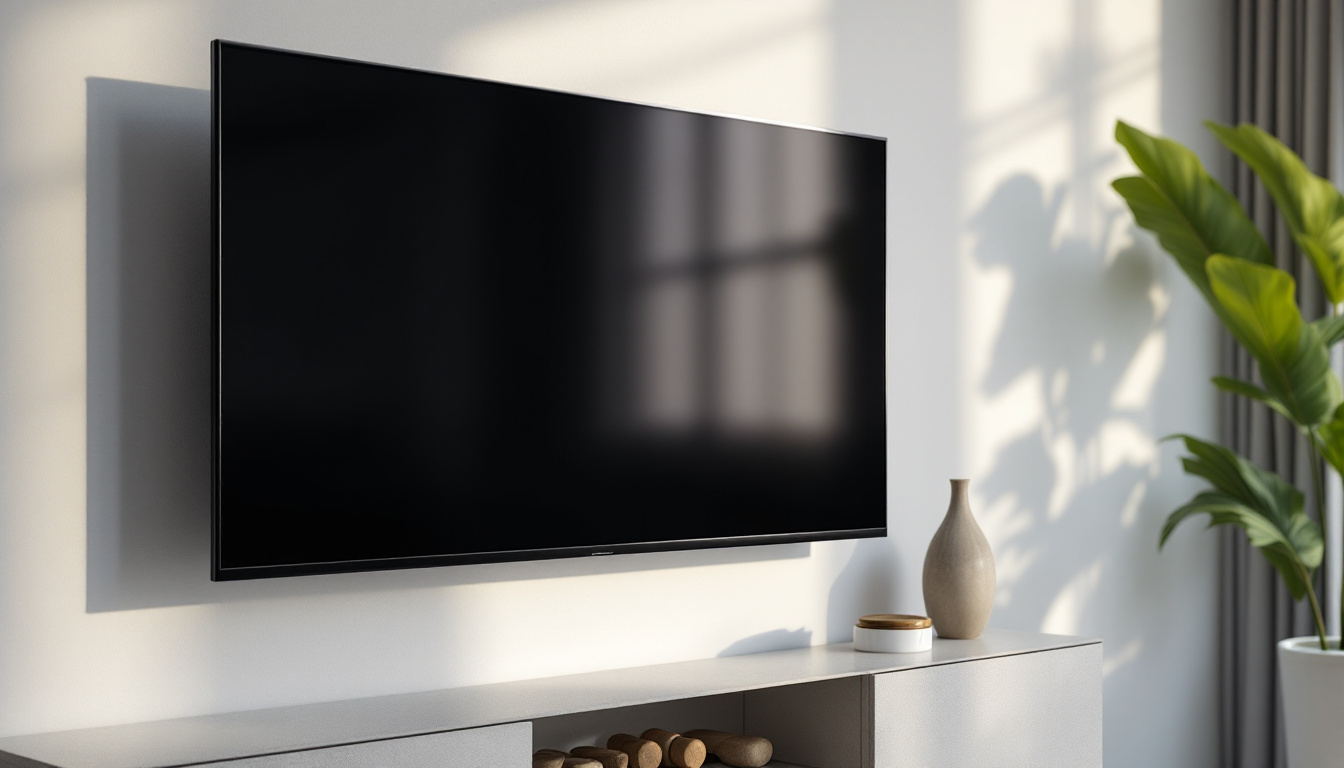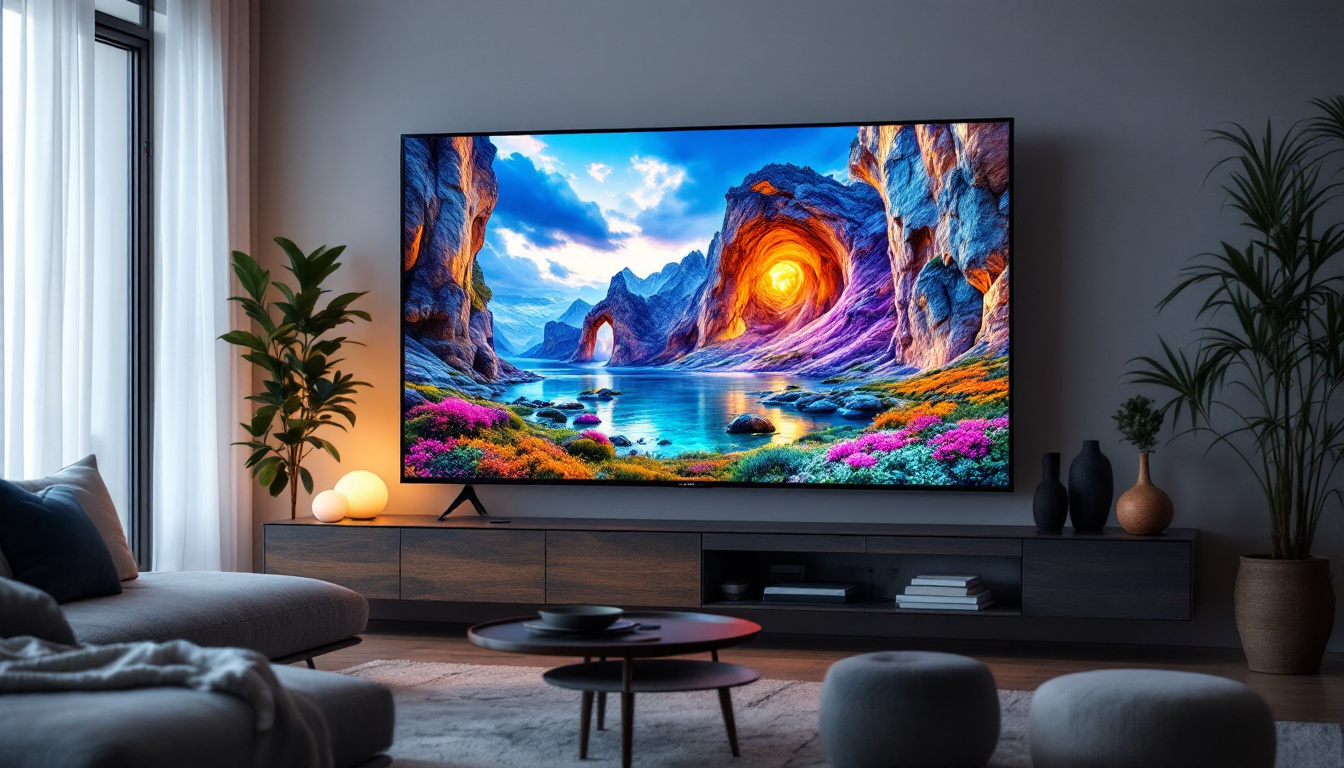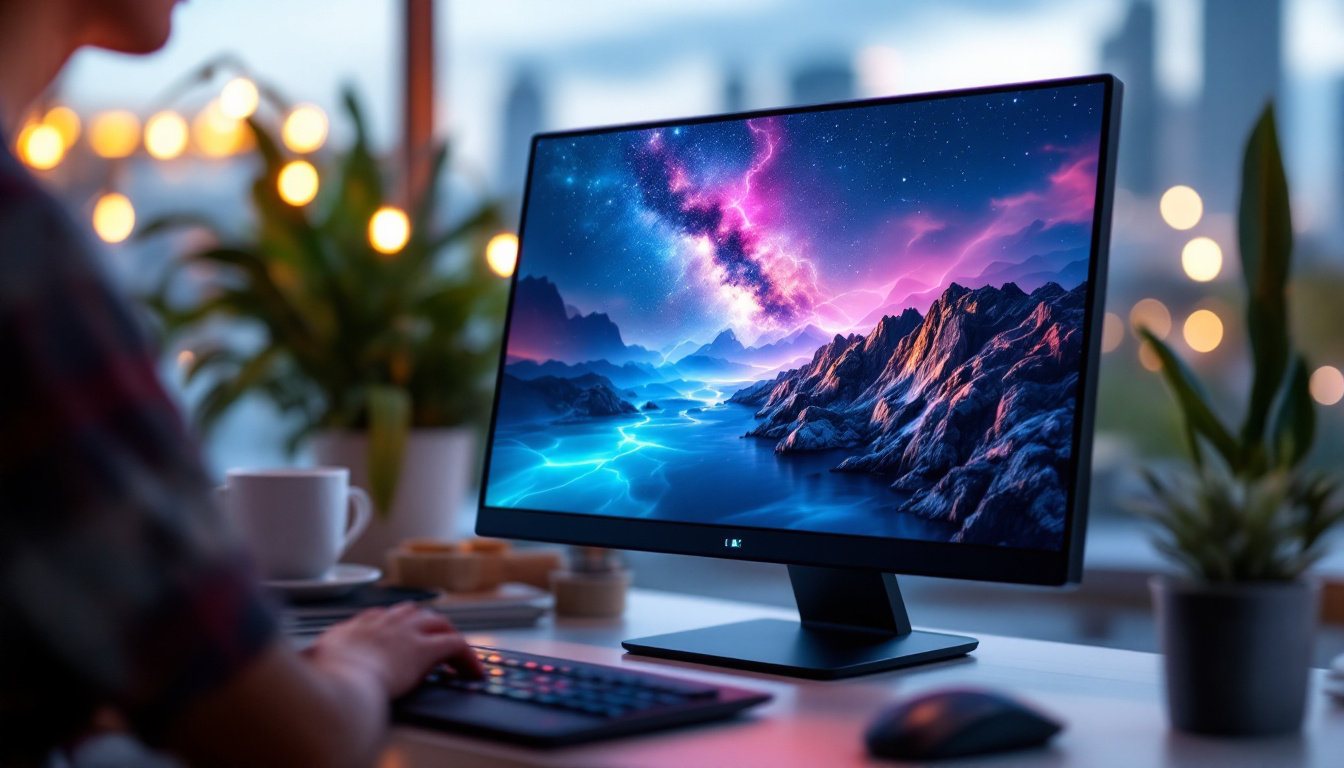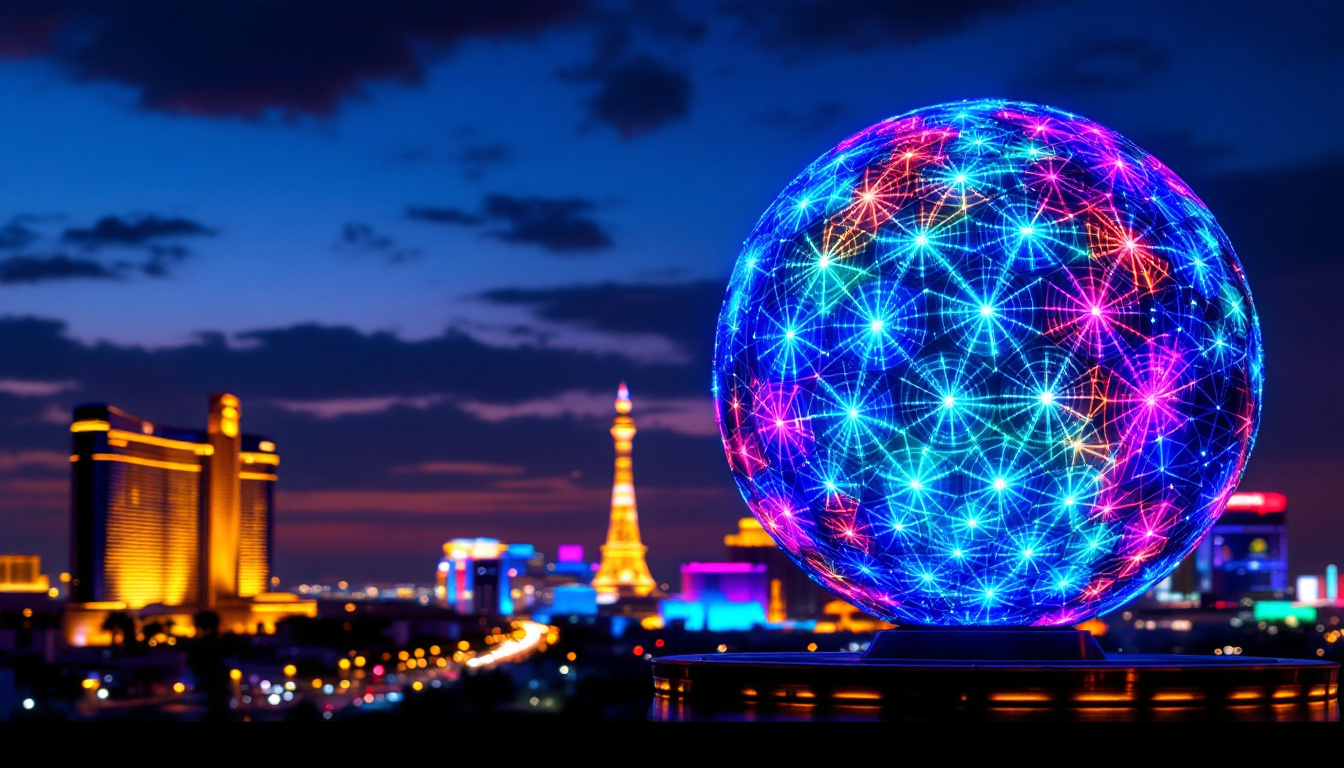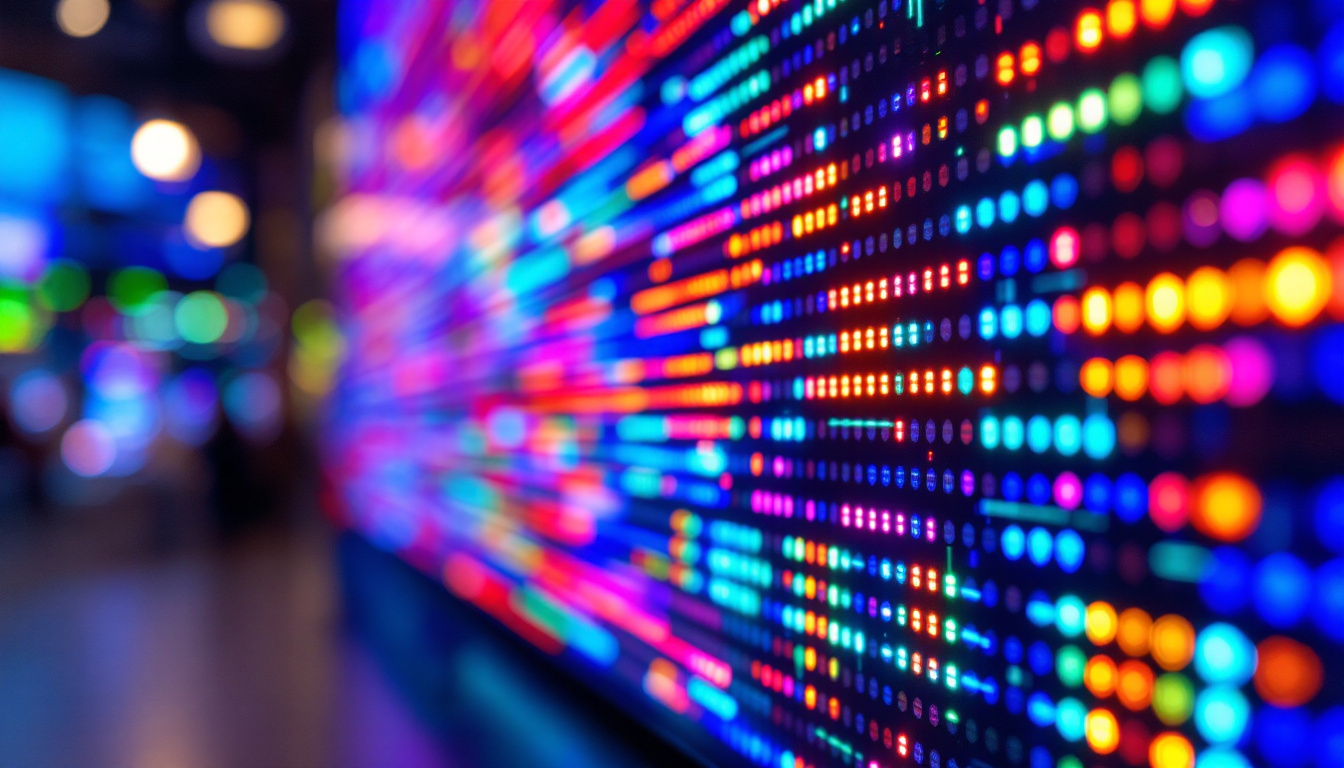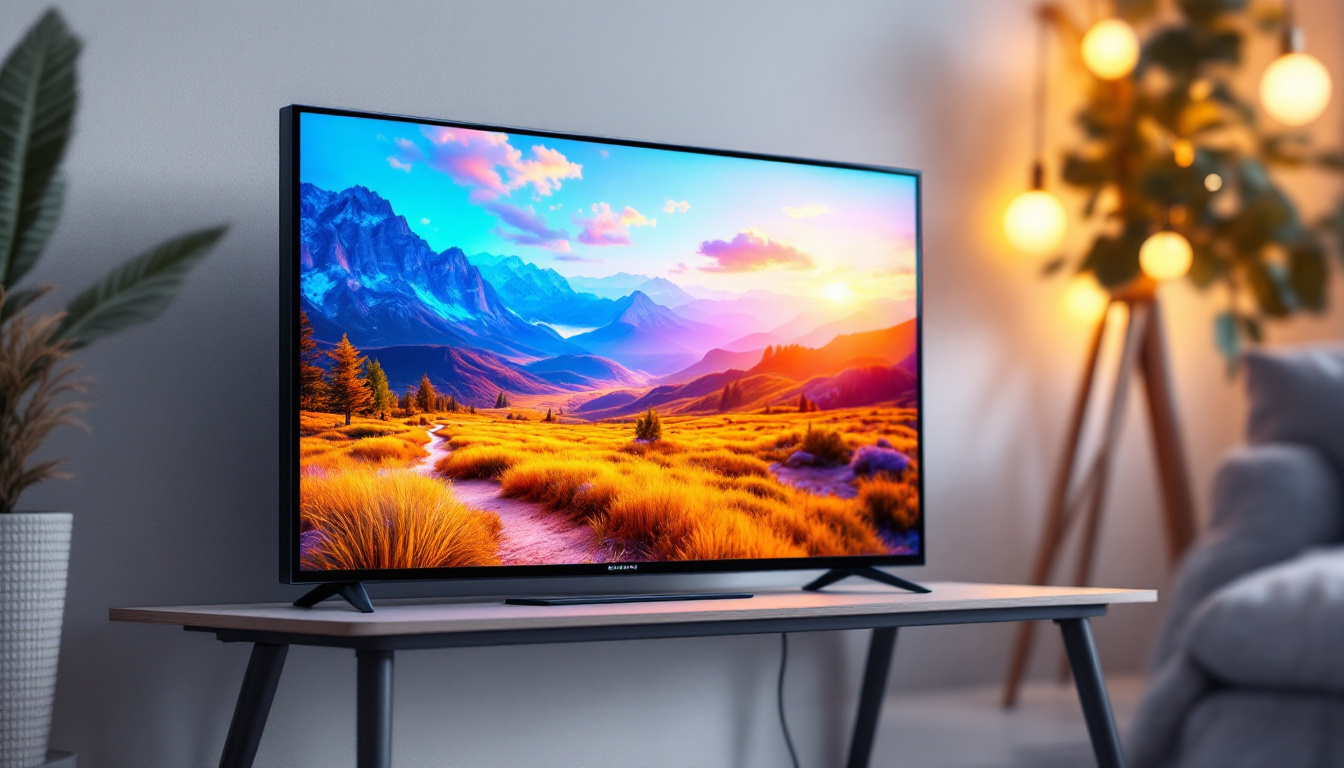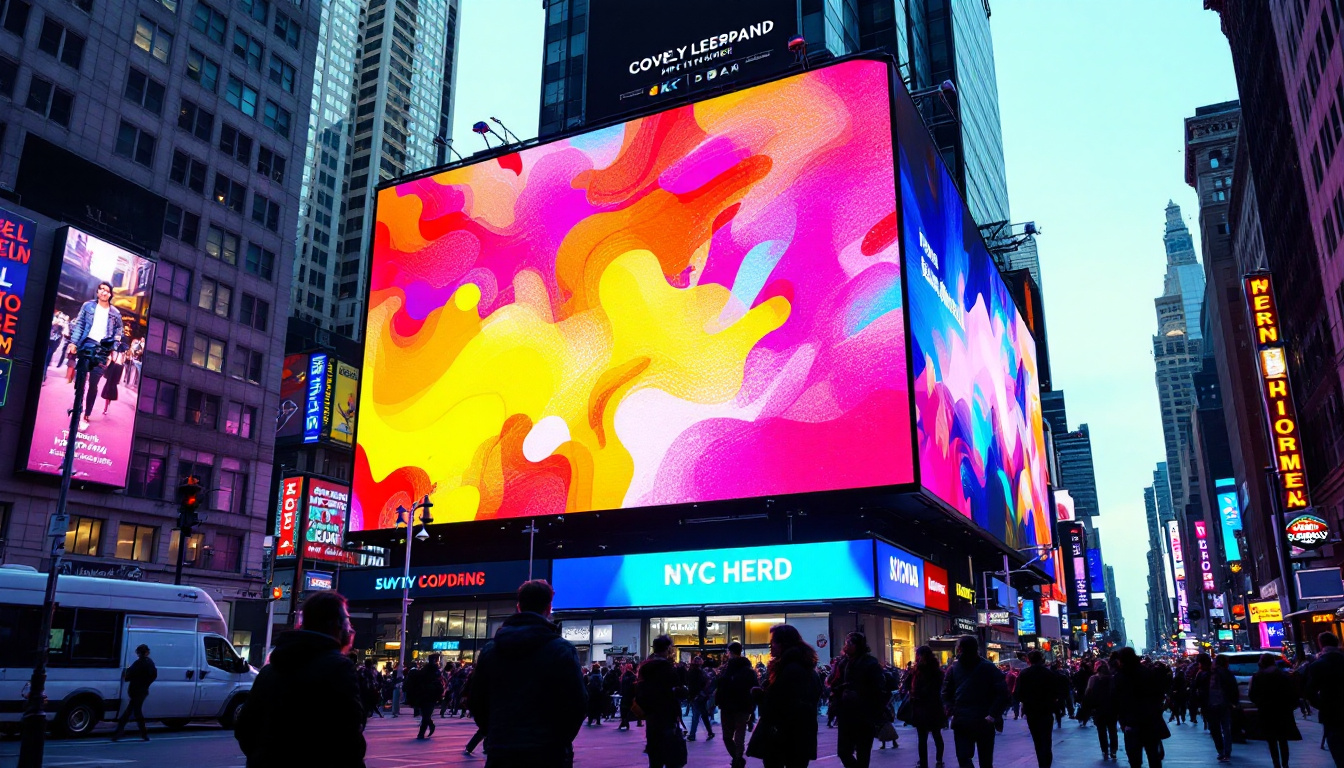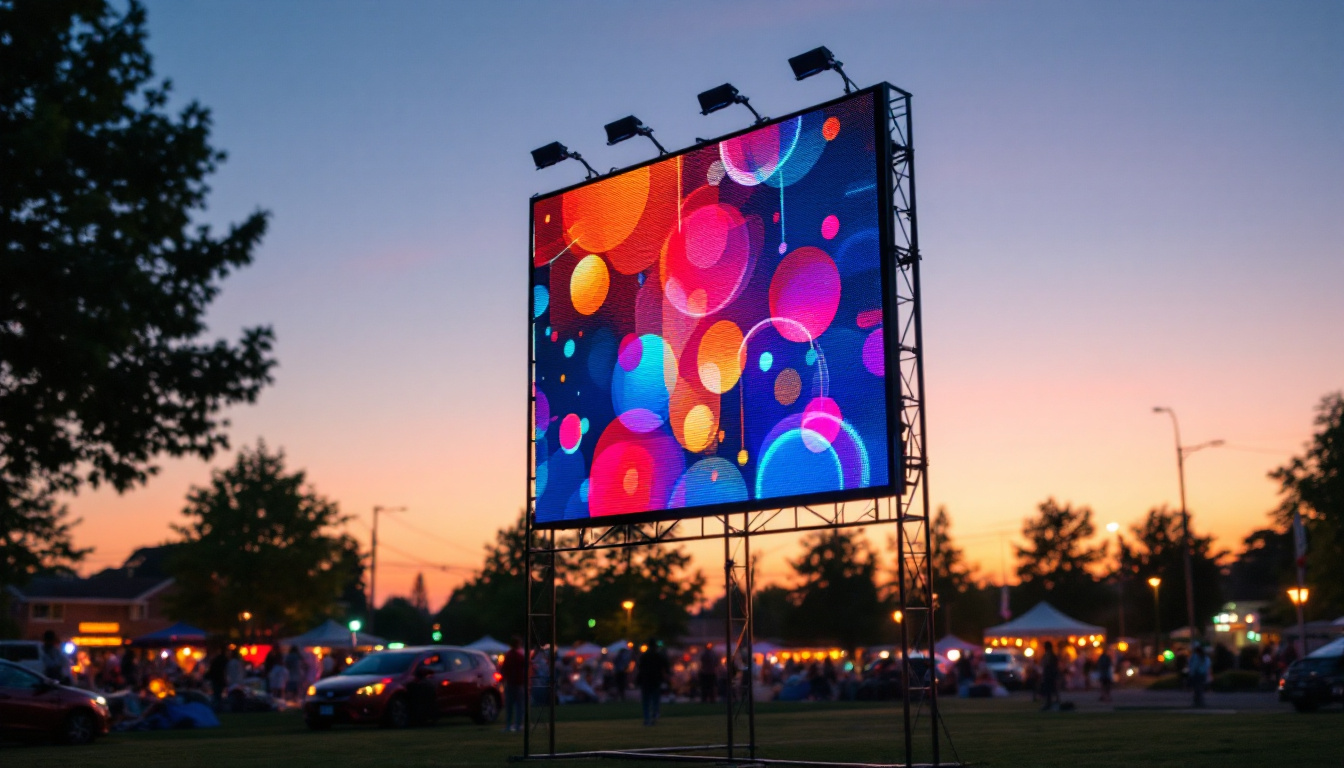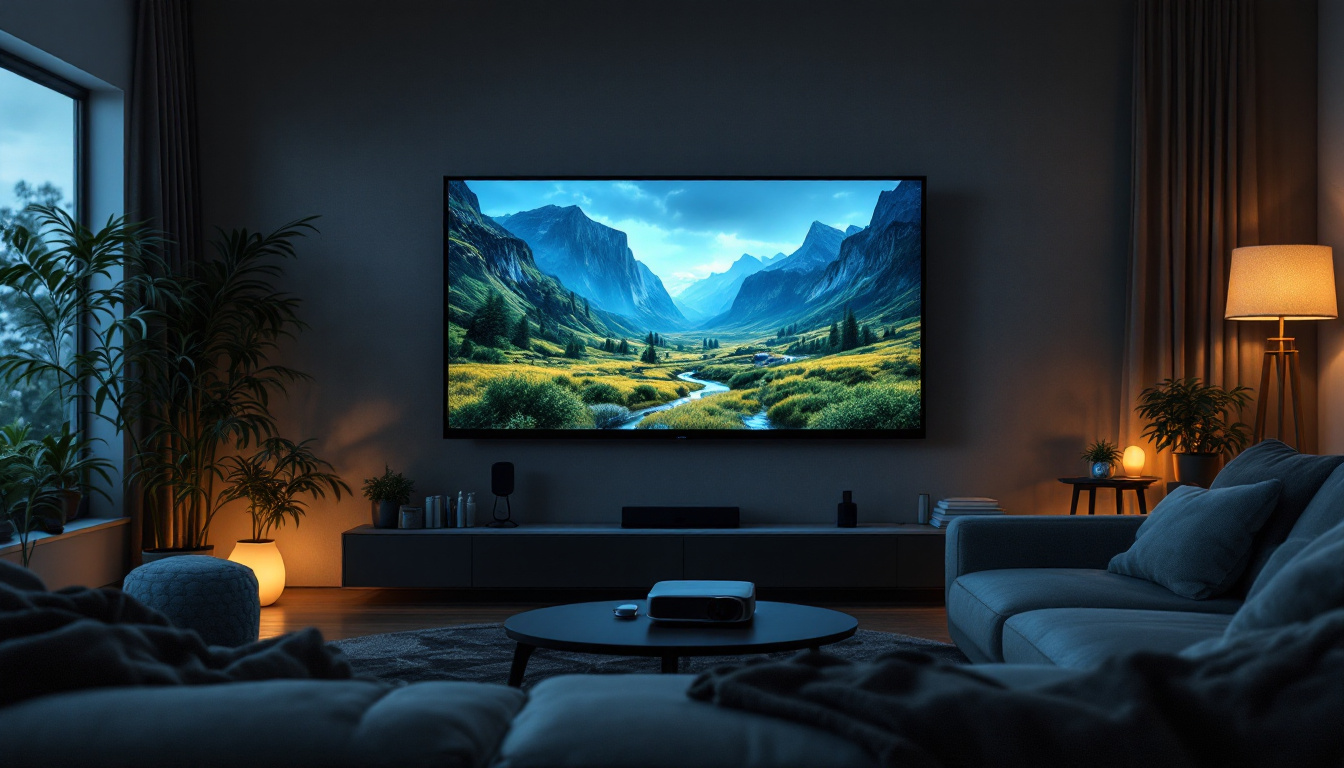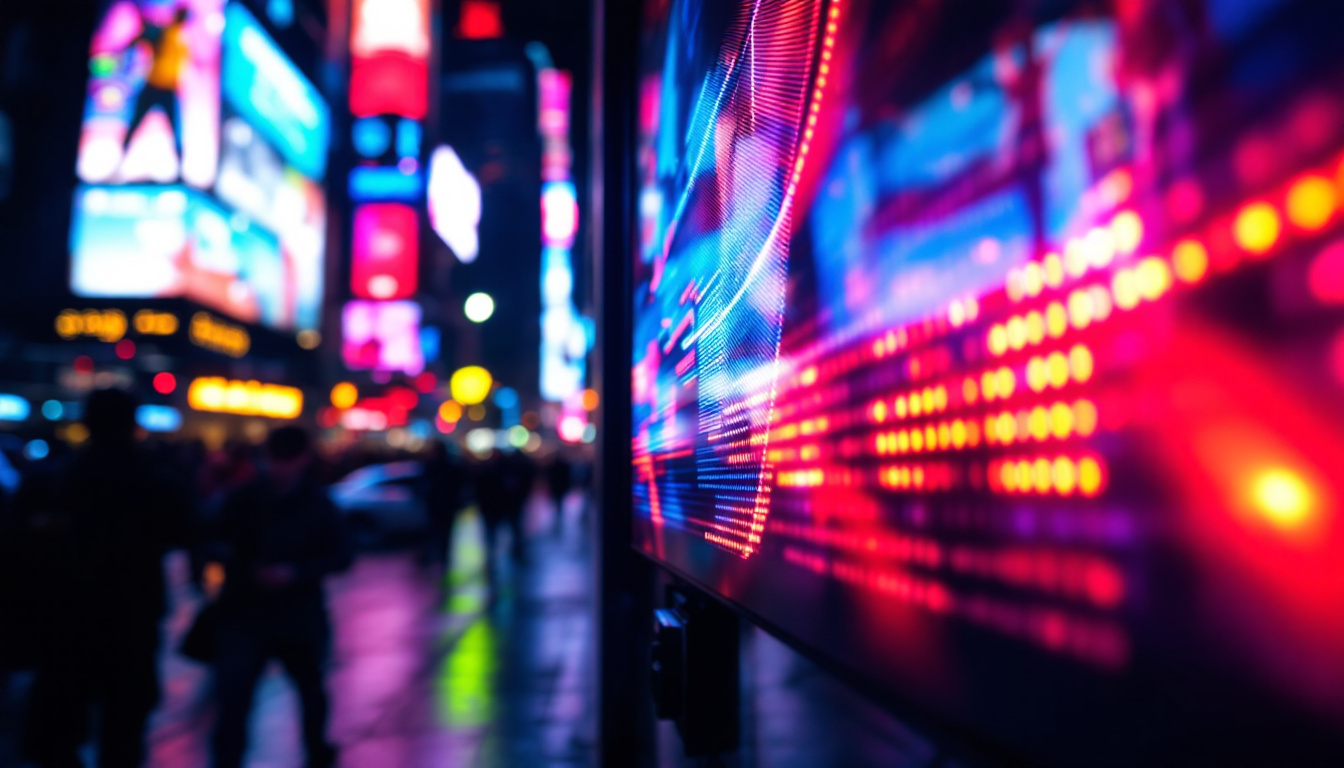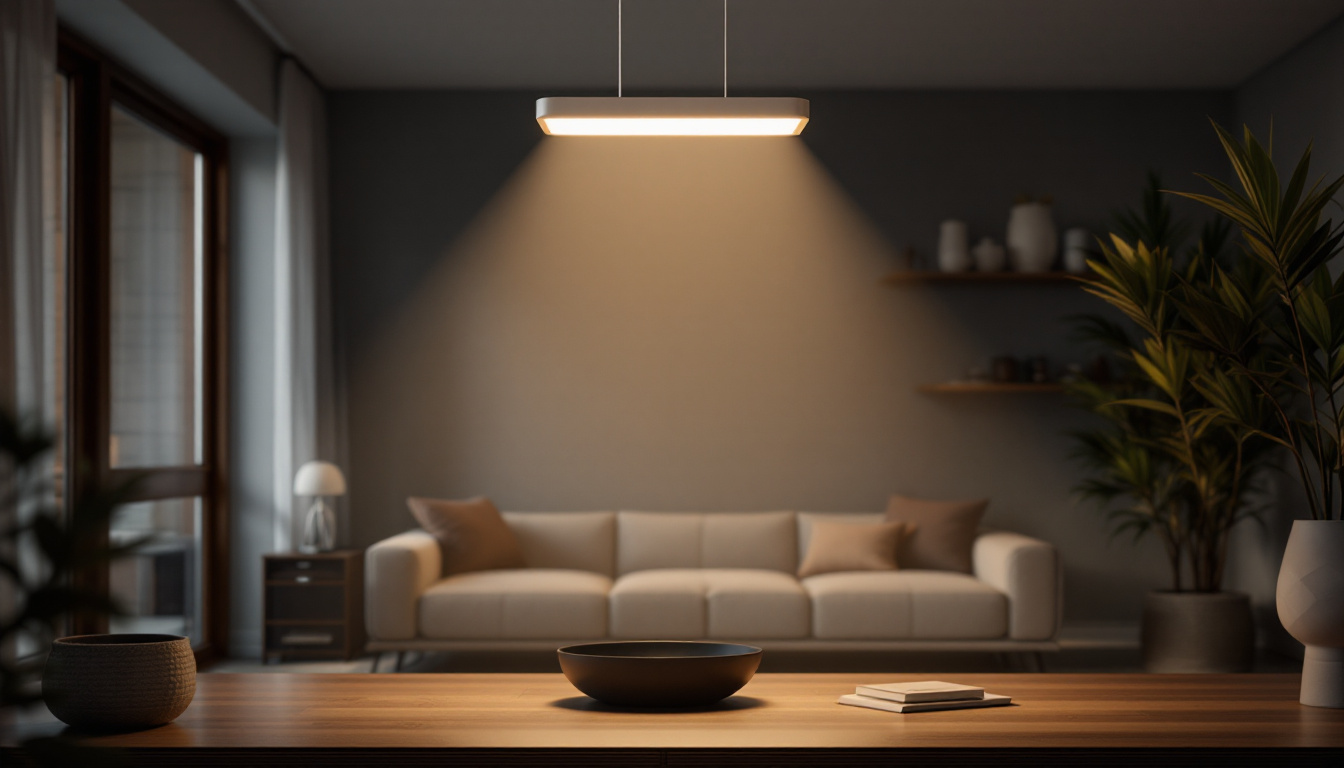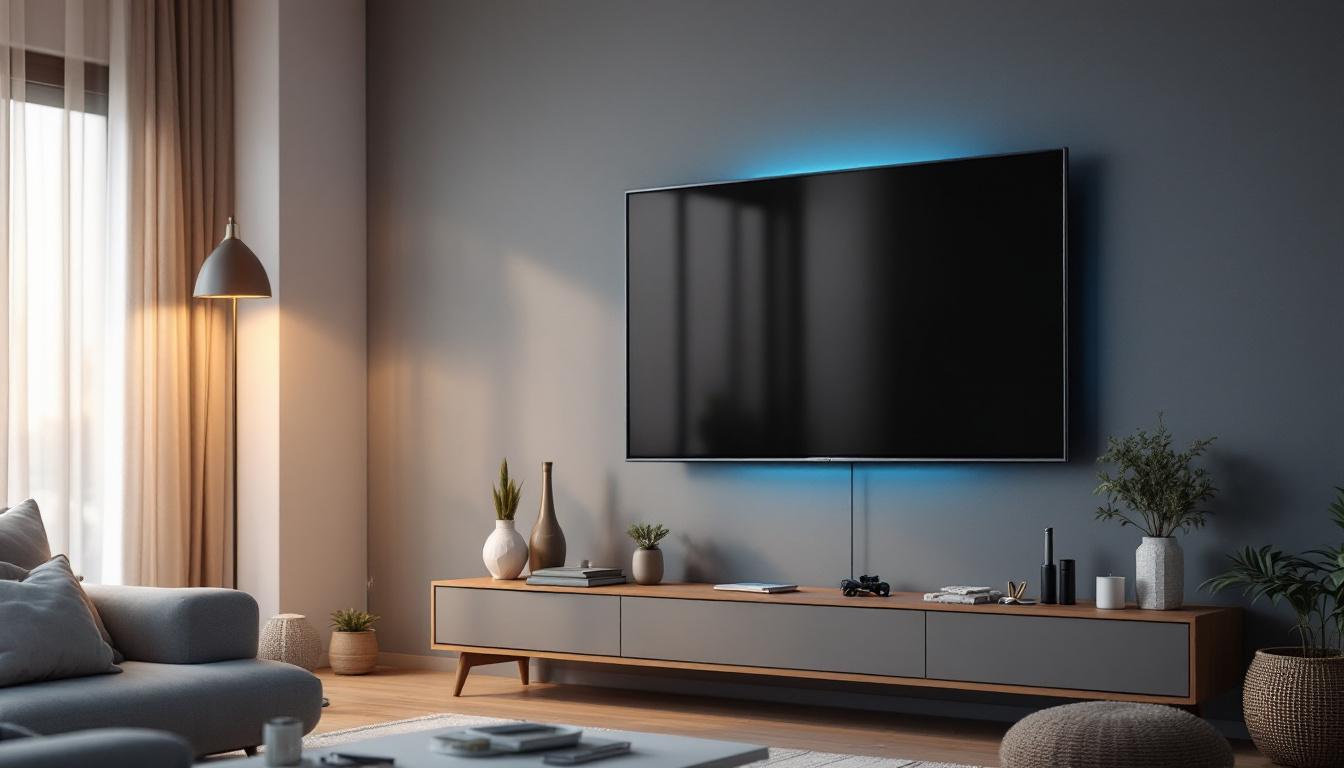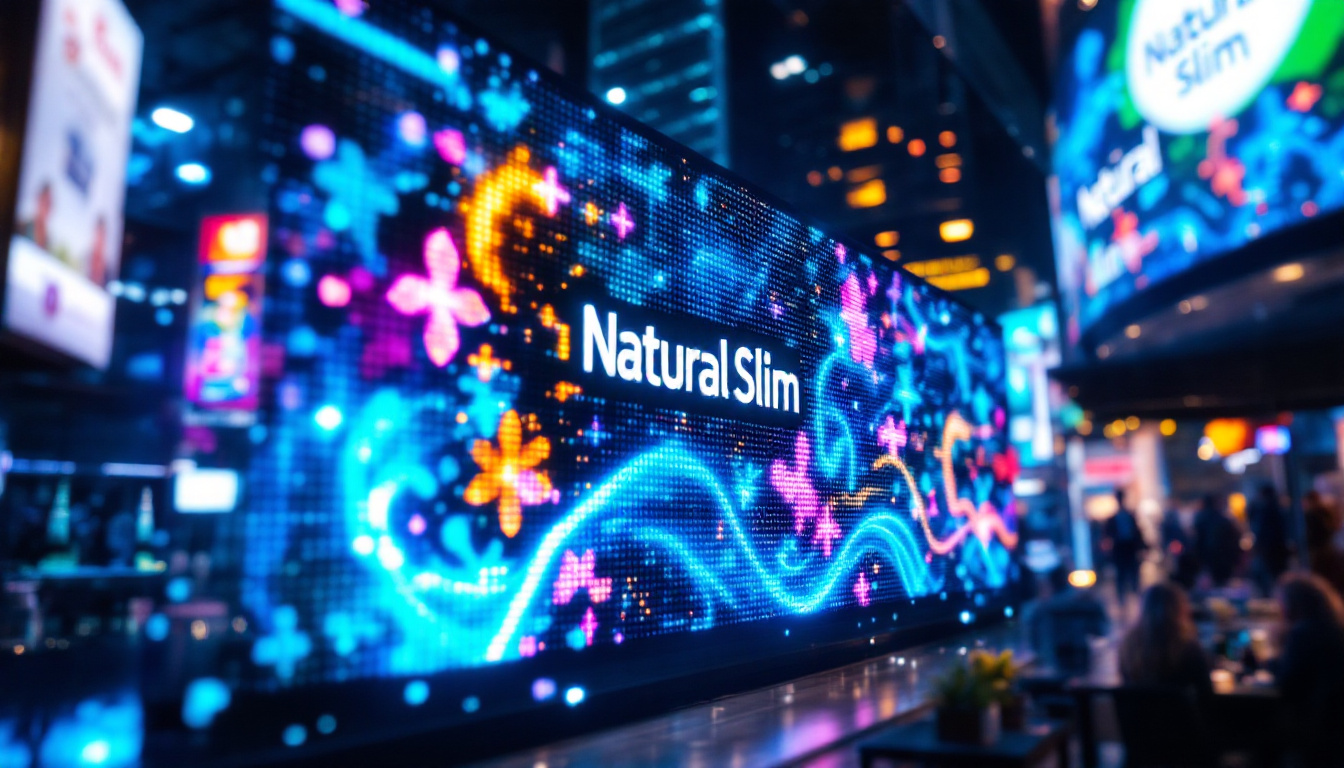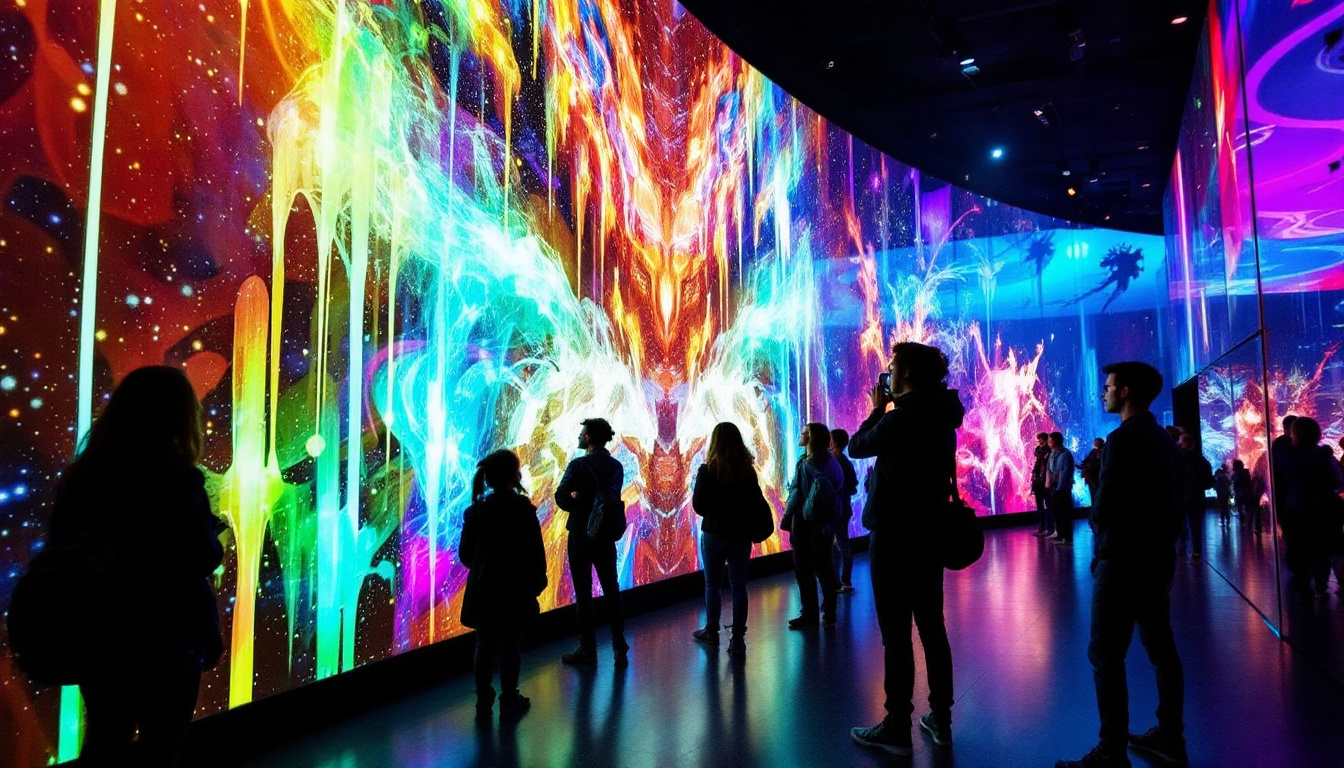In the world of presentations, events, and exhibitions, the importance of visual communication cannot be overstated. An audio visual cart equipped with LED displays has become an essential tool for delivering impactful messages. This article delves into the intricacies of LED displays, their advantages, and how they integrate into audio visual carts for enhanced audience engagement.
Understanding LED Displays
LED, or Light Emitting Diode, displays have revolutionized the way information is presented. These displays use semiconductor technology to emit light and create vibrant images and videos. Unlike traditional display technologies, LED displays offer superior brightness, contrast, and energy efficiency. Their ability to produce sharp images even in bright ambient light makes them a preferred choice for both indoor and outdoor applications, enhancing visibility and engagement in various environments.
How LED Displays Work
At the core of an LED display is a matrix of tiny LEDs that work together to produce images. Each pixel on the screen is made up of red, green, and blue LEDs, which can be mixed in various intensities to create a full spectrum of colors. This pixel-based structure allows for high-resolution images and videos, making LED displays ideal for dynamic content. The rapid response time of LEDs also means that they can handle fast-moving visuals without blurring, making them perfect for sports events and live broadcasts.
Moreover, the modular nature of LED displays means they can be assembled in various sizes and shapes, providing flexibility for different applications. Whether it’s a small screen for a conference room or a massive outdoor display for a concert, LED technology can adapt to meet diverse needs. This versatility extends to creative installations, where LED displays can be curved or shaped to fit architectural designs, creating immersive experiences that captivate audiences.
Types of LED Displays
LED displays can be categorized into several types based on their application and technology. The most common types include:
- Direct View LED (DVLED): These displays are made up of individual LED modules that are directly visible to the audience. They are often used for large-scale installations and can be customized to fit any size.
- LED Backlit LCD: These displays use LED lights behind an LCD panel to enhance brightness and color accuracy. They are commonly found in televisions and computer monitors.
- Organic LED (OLED): OLED displays use organic compounds to emit light, resulting in deeper blacks and more vibrant colors. They are often used in high-end televisions and smartphones.
In addition to these common types, there are also specialized LED displays designed for specific environments. For instance, Transparent LED displays allow for visibility through the screen, making them ideal for retail storefronts where businesses want to showcase products while maintaining an open feel. Similarly, Flexible LED displays are gaining traction in creative fields, allowing for innovative designs that can be bent and shaped to fit unconventional spaces. These advancements in LED technology continue to push the boundaries of visual communication, enabling more engaging and interactive experiences across various industries.
The Advantages of LED Displays
LED displays offer numerous advantages that make them a preferred choice for audio visual carts. Understanding these benefits can help organizations make informed decisions about their visual communication strategies.
Brightness and Visibility
One of the standout features of LED displays is their exceptional brightness. This makes them suitable for both indoor and outdoor environments. Even in bright sunlight, LED displays maintain visibility, ensuring that messages are communicated effectively regardless of the setting.
Furthermore, the high contrast ratio of LED displays enhances image clarity. This is particularly important for presentations where detailed graphics or text need to be easily readable from a distance.
Energy Efficiency
LED technology is known for its energy efficiency. Compared to traditional display technologies, LED displays consume significantly less power. This not only reduces operational costs but also contributes to a more sustainable approach to visual communication.
Additionally, the longevity of LED displays means they require less frequent replacements, further minimizing waste and environmental impact.
Versatility and Customization
LED displays can be tailored to fit various applications, making them incredibly versatile. They can be configured in different shapes and sizes, allowing for creative installations that can capture audience attention. This adaptability extends to content as well, as LED displays can easily switch between different types of media, including videos, images, and live feeds.
This level of customization enables organizations to create unique experiences that resonate with their audiences, enhancing engagement and retention.
Integrating LED Displays into Audio Visual Carts
Audio visual carts equipped with LED displays provide a mobile solution for presentations, events, and exhibitions. These carts are designed to be easily transported and set up, making them ideal for organizations that require flexibility in their visual communication tools.
Features of Audio Visual Carts
Modern audio visual carts come with a variety of features that enhance their functionality. Some of these features include:
- Mobility: Designed with wheels and lightweight materials, audio visual carts can be easily moved from one location to another, making them perfect for events that require quick setup and teardown.
- Storage: Many carts come with built-in storage compartments for holding laptops, microphones, and other essential equipment, ensuring that everything needed for a presentation is in one place.
- Adjustability: Height-adjustable mounts allow users to position the LED display at the optimal viewing height, catering to different audience sizes and settings.
Choosing the Right LED Display for Your Cart
Selecting the appropriate LED display for an audio visual cart involves several considerations. Key factors include:
- Size and Resolution: The size of the display should match the intended use. Higher resolution displays are essential for detailed graphics and presentations.
- Brightness Level: Depending on the environment where the cart will be used, the brightness level of the LED display should be sufficient to ensure visibility.
- Connectivity Options: Ensure that the display has the necessary ports and wireless capabilities to connect with various devices, such as laptops and streaming devices.
Applications of LED Displays in Audio Visual Carts
The versatility of LED displays makes them suitable for a wide range of applications within audio visual carts. From corporate events to educational settings, the potential uses are vast and varied.
Corporate Presentations
In the corporate world, presentations are a vital part of communication. LED displays in audio visual carts can enhance these presentations by providing clear visuals that captivate the audience. Whether it’s a sales pitch, a training session, or a company announcement, the dynamic nature of LED displays can help convey messages more effectively.
Moreover, the ability to easily switch between different content types allows presenters to engage their audience with videos, slideshows, and live demonstrations, making the overall experience more interactive.
Educational Settings
In educational environments, LED displays can transform traditional teaching methods. Teachers can utilize these displays to present complex information in an engaging manner. Interactive lessons can be created using videos and animations, catering to various learning styles.
Additionally, the mobility of audio visual carts allows for flexible classroom setups, enabling educators to adapt to different teaching scenarios, whether in a lecture hall or a small seminar room.
Event Exhibitions
Trade shows and exhibitions are another area where LED displays shine. Exhibitors can use audio visual carts to showcase their products in a visually appealing way. The bright and vibrant displays can attract attendees, drawing them to the booth and facilitating conversations.
Furthermore, live feeds and social media integration can be displayed in real-time, creating a buzz around the exhibition and encouraging audience participation.
Challenges and Considerations
While LED displays offer numerous benefits, there are also challenges and considerations that organizations should keep in mind when integrating them into audio visual carts.
Cost Implications
One of the primary concerns when investing in LED technology is the initial cost. High-quality LED displays can be expensive, and organizations must weigh this cost against the potential benefits. However, considering the longevity and energy efficiency of LED displays, they can be a worthwhile investment in the long run.
Technical Expertise
Operating advanced LED displays may require a certain level of technical expertise. Organizations should ensure that staff members are adequately trained to use the technology effectively. This includes understanding how to connect devices, troubleshoot issues, and optimize display settings for various environments.
Maintenance and Upkeep
Like any technology, LED displays require regular maintenance to ensure optimal performance. This may include cleaning the screens, updating software, and checking connections. Organizations should establish a maintenance schedule to keep their audio visual carts in top condition.
Future Trends in LED Display Technology
The landscape of LED display technology is continually evolving. As advancements in technology occur, several trends are emerging that could shape the future of LED displays in audio visual carts.
Increased Resolution and Pixel Density
As demand for high-quality visuals grows, manufacturers are focusing on increasing resolution and pixel density in LED displays. This trend will lead to even sharper images and more immersive experiences for audiences, making presentations more impactful.
Integration with Augmented Reality (AR) and Virtual Reality (VR)
The integration of LED displays with AR and VR technologies is becoming more prevalent. This combination can create interactive experiences that engage audiences in ways traditional presentations cannot. For instance, using AR overlays on LED displays can enhance product demonstrations and educational content.
Smart Technology Integration
As smart technology continues to advance, LED displays are likely to incorporate more intelligent features. This includes connectivity with IoT devices, enabling real-time data sharing and analytics during presentations. Such capabilities can provide valuable insights into audience engagement and preferences.
Conclusion
Audio visual carts equipped with LED displays represent a powerful tool for effective communication in various settings. Their brightness, energy efficiency, and versatility make them ideal for corporate presentations, educational environments, and event exhibitions. While there are challenges to consider, the benefits far outweigh the drawbacks, making LED displays a worthwhile investment.
As technology continues to evolve, staying informed about the latest trends in LED displays will be crucial for organizations looking to enhance their visual communication strategies. By leveraging the capabilities of LED technology, businesses and educators can create engaging experiences that resonate with their audiences, ultimately leading to greater impact and success.
Discover LumenMatrix LED Display Solutions
Ready to elevate your visual communication strategy with the latest in LED display technology? Explore the innovative solutions offered by LumenMatrix, a leader in creating dynamic and engaging visual experiences. From Indoor and Outdoor LED Wall Displays to specialized options like Vehicle, Sports, and Floor LED Displays, LumenMatrix provides a range of products designed to captivate your audience and amplify your message. Embrace the future of digital signage with Custom, All-in-One, and Transparent LED Displays that set the standard for clarity and impact. Check out LumenMatrix LED Display Solutions today and transform the way you connect with your audience.

